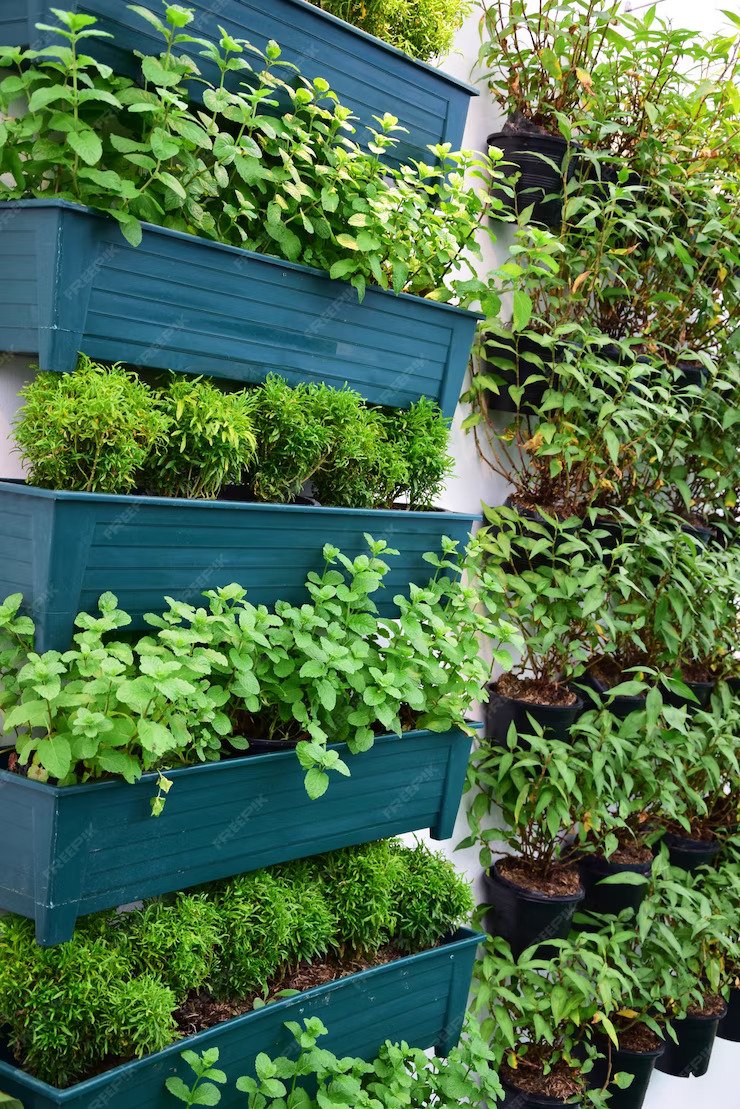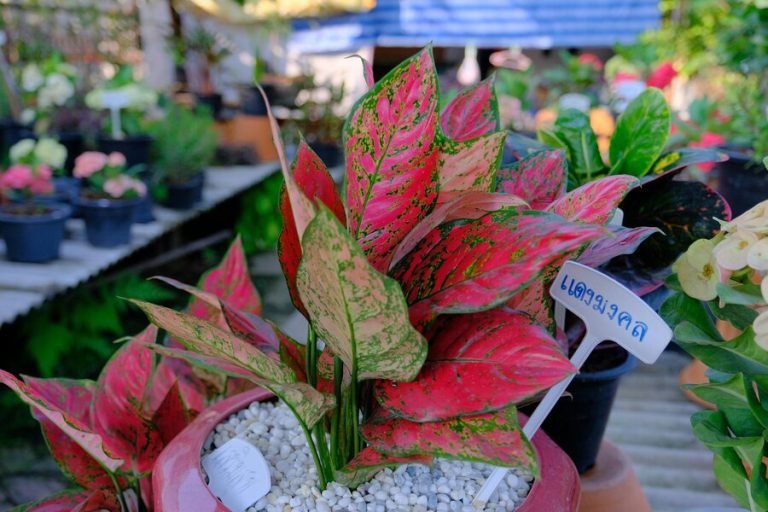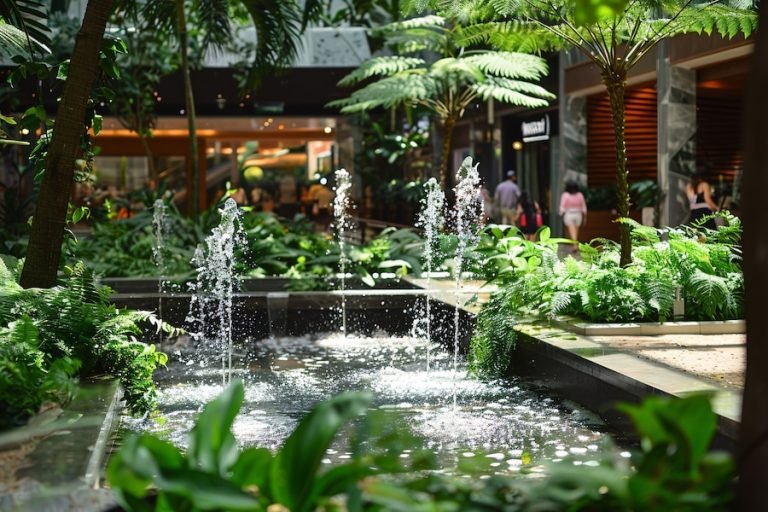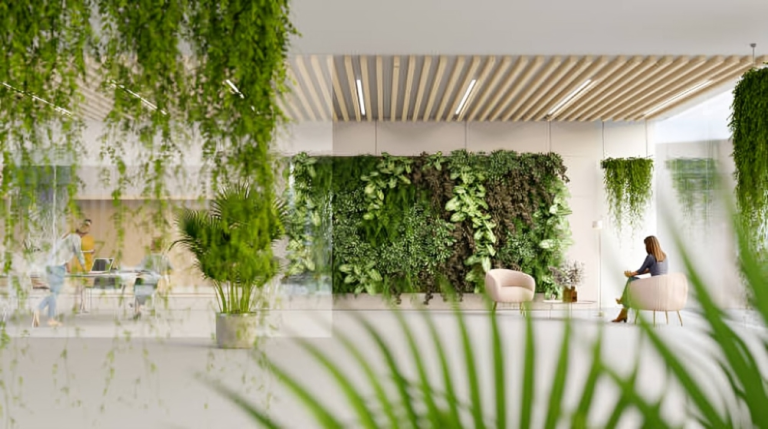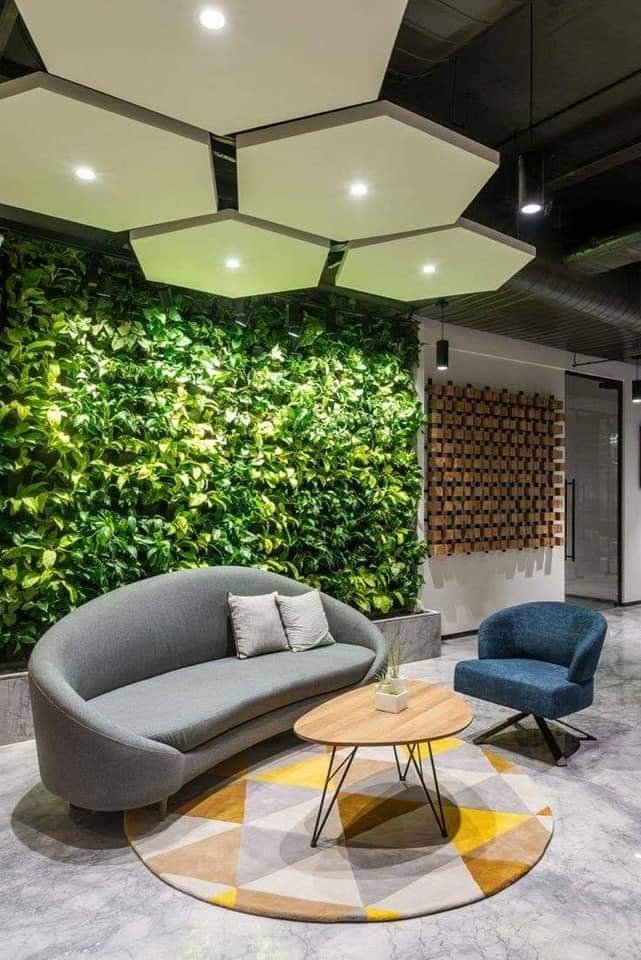Selecting The Right Plants For Vertical Gardens
Vertical gardens offer a unique and innovative way to bring greenery into urban spaces, balconies, or any area with limited ground space. Whether you’re a novice or a seasoned gardener, choosing the right plants for your vertical garden is crucial for its success and longevity. From aesthetics to maintenance requirements, several factors should influence your plant selection process.
To Know More About It Please Click Here
Consider Light Conditions
One of the most critical factors in plant selection is understanding the light conditions of your vertical garden site. Assess the amount of sunlight your vertical garden will receive throughout the day. Plants are categorized into three main light requirements:
- Full Sun: Plants requiring six or more hours of direct sunlight per day.
- Partial Shade: Plants that thrive in dappled or filtered sunlight, receiving around three to six hours of direct sunlight.
- Shade: Plants that prefer minimal or indirect sunlight, thrive in less than three hours of direct sunlight.
Choose plants that match the light conditions of your vertical garden site to ensure they receive adequate sunlight for healthy growth.
Evaluate Watering Needs
Vertical gardens typically have limited soil volume, which affects moisture retention. Select plants with similar watering needs to simplify maintenance and prevent over or underwatering. Drought-tolerant plants such as succulents and cacti are excellent choices for vertical gardens, requiring minimal watering and thriving in arid conditions. Conversely, moisture-loving plants like ferns and certain tropical species are suitable for vertical gardens with consistent watering schedules.
Consider Growth Habits and Size
The growth habit and size of plants play a crucial role in the overall design and functionality of your vertical garden. Choose plants that won’t outgrow their allotted space or overwhelm neighboring plants. Compact or trailing species such as herbs, trailing vines, and ornamental grasses are ideal for vertical gardens, providing a lush and cascading effect without overcrowding.
Select Plants for Visual Appeal
Enhance the visual appeal of your vertical garden by incorporating a variety of textures, colors, and foliage shapes. Mix and match different plant species to create visual interest and balance within your vertical garden design. Consider using a combination of flowering plants, foliage plants, and evergreens to add depth and vibrancy to your vertical garden throughout the year.
Account for Maintenance Requirements
Choose low-maintenance plants that are resilient to pests and diseases to minimize the need for constant upkeep. Plants with sturdy foliage and minimal pruning requirements are ideal for vertical gardens, reducing maintenance tasks and ensuring long-term viability. Additionally, select plants that are well-suited to vertical growing conditions, with strong root systems and adaptability to confined spaces.
To Know More About It Please Click Here
Popular Plants for Vertical Gardens
- Succulents: Echeveria, Sedum, and Sempervivum.
- Herbs: Basil, Thyme, and Rosemary.
- Foliage Plants: Ferns, Pothos, and Spider Plants.
- Flowering Plants: Petunias, Begonias, and Geraniums.
- Vines: English Ivy, Philodendron, and Hoya.
Conclusion
Selecting the right plants for your vertical garden is essential for creating a thriving and visually stunning green space. By considering factors such as light conditions, watering needs, growth habits, visual appeal, and maintenance requirements, you can choose plants that will flourish in your vertical garden environment. With careful planning and thoughtful plant selection, you can enjoy the beauty and benefits of vertical gardening for years to come.
